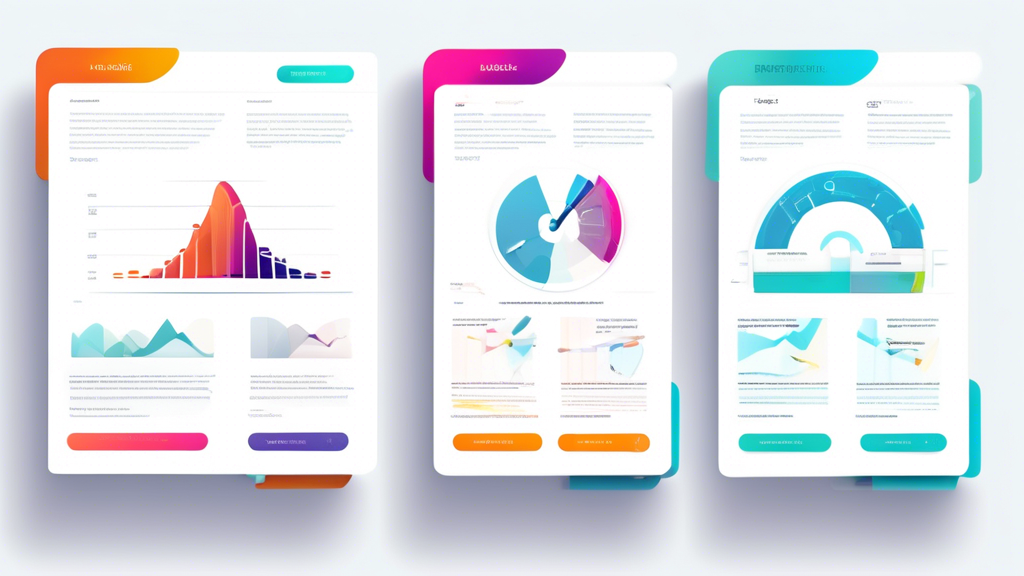Introduction
Welcome to our comprehensive guide on A/B testing for websites! In this article, we will delve into the world of A/B testing, also known as split testing, to help you optimize your website, improve user experience, and boost conversions. Whether you’re a seasoned web developer or new to the concept, this guide will provide valuable insights into the what, why, and how of A/B testing.
What is A/B Testing?
A/B testing is a method used to compare two versions of a webpage or app to determine which one performs better based on specific metrics. By randomly showing two variants, A (the control) and B (the variation), to users, you can analyze data to identify which version drives more engagement, clicks, or conversions.
Why is A/B Testing Important?
Effective A/B testing is crucial for understanding your audience’s preferences and behavior, making data-driven decisions, and optimizing your site for maximum impact. It allows you to test hypotheses, refine elements, and ultimately enhance the overall performance of your website.
Key Steps for A/B Testing
- Identify Your Goals: Define clear objectives for your A/B test, whether it’s increasing sign-ups, click-through rates, or sales.
- Create Variations: Develop distinct versions of your webpage with one key element changed to test its impact.
- Split Traffic: Randomly divide your website traffic between the control (A) and variation (B) groups.
- Collect Data: Use analytics tools to gather data on user interaction, conversions, and other relevant metrics.
- Statistical Significance: Ensure your test results are statistically significant to draw accurate conclusions.
- Implement Changes: Based on the winning variation, implement the changes to your website permanently.
A/B Testing Best Practices
When conducting A/B tests, keep in mind the following best practices to maximize the effectiveness of your experiments:
- Test One Element at a Time: Isolate variables to understand the impact of individual changes.
- Focus on User Experience: Prioritize enhancements that improve usability and convenience for visitors.
- Regular Testing: Continuously test and iterate to refine your website based on evolving user preferences.
A Funny Coding Joke:
Why do programmers prefer dark mode? Because the light attracts bugs!
Conclusion
As you embark on your A/B testing journey, remember that optimizing your website is an ongoing process that requires patience, curiosity, and a commitment to data-driven decision-making. By following the steps outlined in this guide and adhering to best practices, you can unlock valuable insights, improve user engagement, and drive conversions on your website. Start A/B testing today and watch your online presence flourish!
Call to Action
Ready to elevate your website’s performance through A/B testing? Visit https://starmetaversegeorgia.com for all your web development needs. Let’s turn your digital presence into a masterpiece together!

Comments are closed